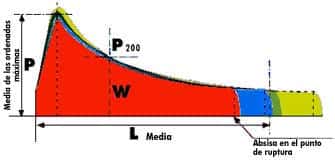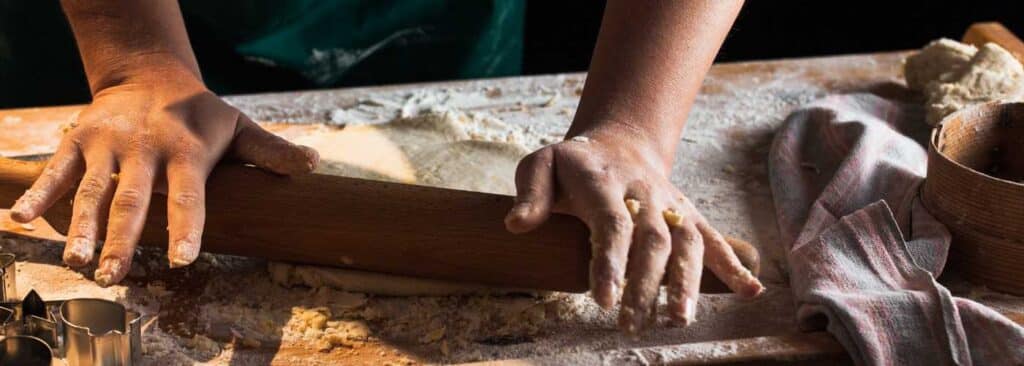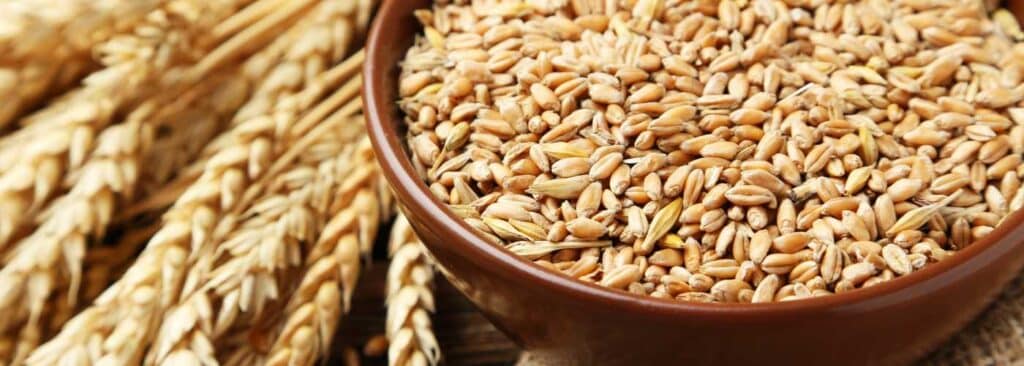Chopin Alveograph (or Extensograph) is used to assess the rheological properties of dough prepared from wheat flour. Those properties are stretching and extensibility and are measured by blowing a flattened dough piece with air pressure. In this way, the Alveographic test is able to simulate the dough deformation produced by gases generated during the fermentation process.
Once applied the method, four parameters are obtained:
- Tenacity (P) or extensibility resistance: this measure, defined as the maximum pressure required for the deformation of the sample, is represented by the distance between the X-axis and the curve in the Alveogram.
- Extensibility (L or G): length of the curve depicted in the Alveogram.
- Baking strength (W): area under such curve.
- Ratio P/L: an index of gluten behavior.
For improving weak wheat, Millers Group employs wheat that surpasses 300 joules in the Alveographic test. Those grains are then mixed with weak ones (strength lower than 250 joules) in order to fortifying them. On the other hand, grains which rank between 250 and 300 joules are directly employed to produce flour for baking.





